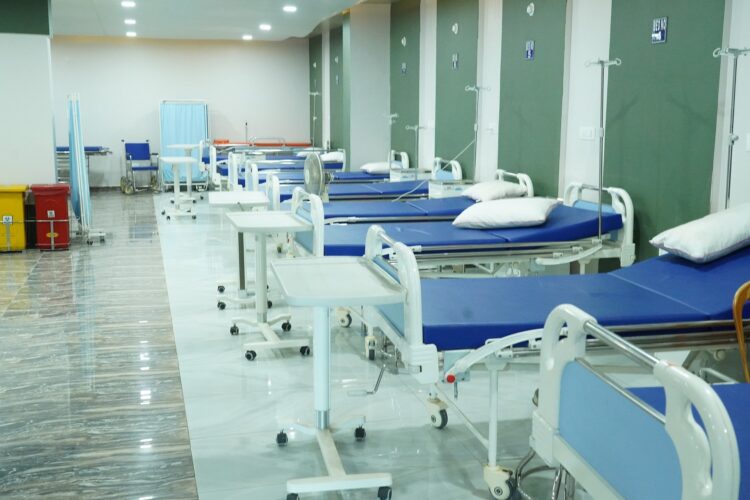The WTW Global Medical Trends Survey found the average cost of medical care in APAC jumped from 7.2% in 2022 to a high of 9.9% in 2023.
Driving factors
Global inflation remains to be a factor in increasing healthcare costs but has moderated in 2023 and is expected to continue to decrease next year.
Some other factors that drive higher medical costs are overuse of care (72%) due to overprescribing, members’ poor health habits (50%), underuse or lack of preventive services (39%), and inadequate understanding of the usage of plans (23%).
Fastest-growing conditions
In APAC, the fastest-growing conditions by incidence of claims and costs are cardiovascular diseases and cancer.
Globally, mental and behavioral health disorders are among the fastest-growing conditions by cost and claims over the next 18 months, except in APAC.
Despite a recognised need among the insured population, many insurance programs fail to include treatment of mental and behavioral conditions such as anxiety and depression.
Need for better programs

Audrey Tan, head of Health & Benefits, Singapore, WTW said, “Faced with the prospect of higher cost increases over the next several years, employers need to focus their efforts on how to make their healthcare benefit programs more cost-effective. This can range from conducting a review to determine if coverage is the right fit for their organisations to formulating a wellbeing strategy and ensuring wellbeing benefits are accessible to all employees.”
“By understanding the factors that affect healthcare and drive costs in their populations, insurers and employers can develop strategies to combat the ever-present threat of rising costs,” added Tan.





